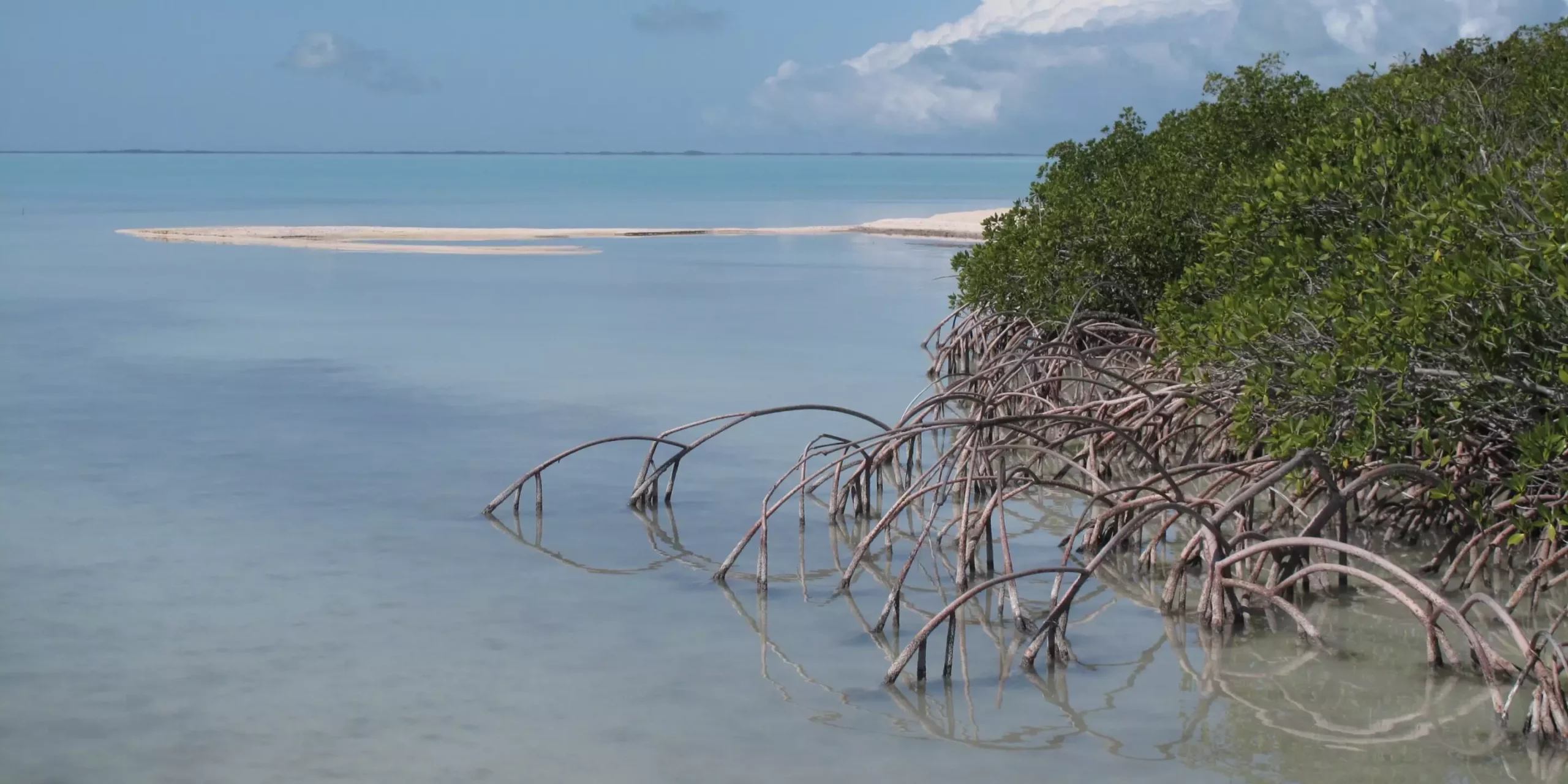Recent research has indicated alarming trends in sea surface temperatures, particularly in South Florida. A comprehensive series of studies by researchers from the University of South Florida’s College of Marine Science reveals that the estuaries in this region are experiencing a notable increase in temperature at a far more rapid pace than both global averages and Gulf of Mexico waters. This phenomenon raises significant concerns about the health of marine ecosystems and the complex interplay of environmental factors contributing to this warming.
The Urgency of Temperature Monitoring
According to the research, which has been featured in esteemed journals like Environmental Research Letters and Estuaries and Coasts, specific estuaries—namely Florida Bay, Tampa Bay, St. Lucie Estuary, and Caloosahatchee River Estuary—have seen their sea surface temperatures surge approximately 70% faster than those in the Gulf of Mexico and 500% faster than the global ocean average over the past two decades. The urgency of these findings is underscored by the occurrence of a marine heat wave in 2023, which has further exacerbated the temperature rise. Utilizing satellite data, researchers such as Professor Chuanmin Hu have been at the forefront of documenting these disturbing trends, emphasizing the notable effects these increased temperatures have on local marine life.
Estuaries are vital environments that serve as nurseries for myriad marine species. The rise in water temperatures poses significant threats to these ecosystems. Key habitats, such as seagrass meadows and coral reefs in the nearby Florida Keys, are particularly vulnerable to thermal stress. Algae species, which thrive in warmer waters, can proliferate rapidly, leading to harmful algal blooms that can suffocate marine life and disrupt food chains. On the other hand, seagrass and coral formations face severe stress when temperatures exceed their physiological tolerances, potentially leading to die-offs and loss of biodiversity. This complex environmental dynamic showcases how increased temperatures can simultaneously benefit certain organisms while endangering others, ultimately destabilizing the entire ecosystem.
Remarkably, the accelerated warming trend in South Florida’s estuaries has not been replicated in other coastal ecosystems around the Gulf of Mexico, raising an intriguing question: Why are South Florida’s estuaries behaving so differently? Researchers are contemplating various contributing factors such as evaporation rates, water retention times, and unique geographical characteristics of the region. However, no single factor has emerged as the definitive cause. This prompts calls for further research to investigate the distinctions in temperature responses among different estuarine environments. Current research endeavors, including ongoing studies led by doctoral student Jing Shi, aim to decipher this unique thermal behavior and its implications for the future.
Professor Hu suggests that the rate of warming in South Florida estuaries may eventually align more closely with that of the open Gulf of Mexico; however, this begs further inquiry into how long this accelerated warming will persist. Will these ecological disruptions prove to be transient anomalies, or are they indicative of a more permanent environmental shift? As marine conservationists and scientists aim to collaborate with agencies like the Florida Fish and Wildlife Conservation Commission and the National Oceanic and Atmospheric Administration, understanding the long-term impacts of these temperature increases becomes imperative for effective management and conservation strategies.
The alarming rise in sea surface temperatures in South Florida poses immediate and future risks to critical marine habitats and the myriad species that rely on them. The interplay of complex environmental factors fueling this warming trend remains somewhat elusive, necessitating further research and collaboration among scientists and governing bodies. Yet, as ecosystems become increasingly susceptible to temperature fluctuations, the emphasis on proactive measures to safeguard marine biodiversity in South Florida becomes ever more urgent. Addressing these challenges will require a sustained commitment to awareness, research, and conservation efforts to protect the fragile ecosystems that thrive in this unique part of the world.

